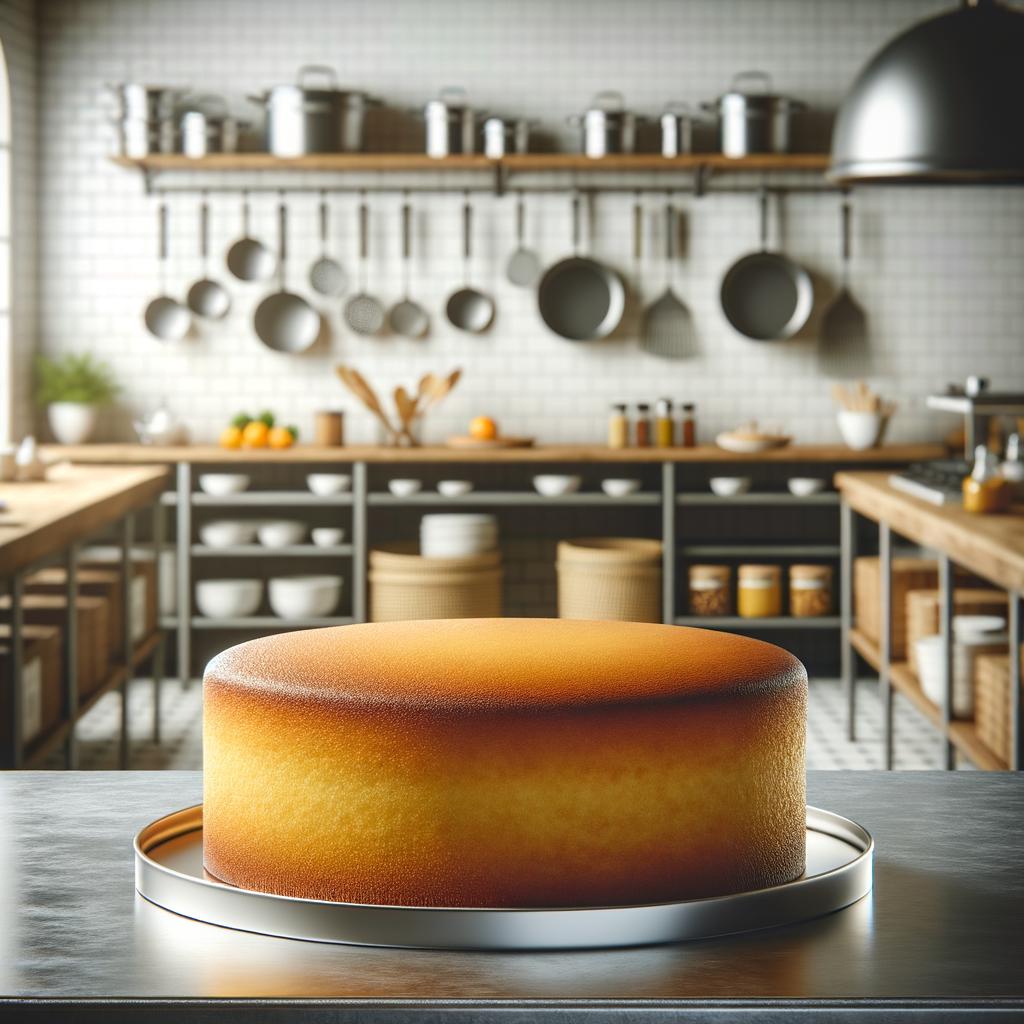Yellow Cake

Description
Yellow cake, a classic staple of the baking world, is a delightful ingredient that brings joy to many households. Its name comes from its rich, golden hue, achieved by using egg yolks in its batter. The texture of yellow cake is wonderfully soft and moist, with a crumb that's delicate yet sturdy enough to hold up to a variety of frostings and fillings. Its flavor profile is a perfect balance of buttery sweetness and vanilla, with a hint of creaminess that lingers on the palate. What sets yellow cake apart from its counterparts is its versatility. This simple yet flavorful cake can be transformed into a multitude of desserts, making it a beloved ingredient in many kitchens.
Primary Uses
Yellow cake is primarily used as a base for a myriad of desserts. It can be layered with frosting for a classic birthday cake, or filled with fruit and cream for a more sophisticated dessert. It's a key component in many American and European dishes, such as Boston cream pie and Victoria sponge cake. Beyond its culinary uses, yellow cake also holds cultural significance. It's often the centerpiece of celebrations, symbolizing joy, love, and unity.
History
The history of yellow cake is intertwined with the history of baking itself. It's believed to have originated in Europe in the 18th century, when bakers began using eggs as a leavening agent. The use of egg yolks gave the cake its distinctive yellow color, hence the name. Over time, yellow cake has become a beloved fixture in many cultures, with each generation adding their own twist to the recipe. There's a romantic notion associated with yellow cake, as it often evokes memories of childhood birthdays, family gatherings, and festive celebrations.
Nutritional Information
Nutritionally, yellow cake is a source of carbohydrates, fat, and protein due to its main ingredients: flour, butter, and eggs. It also contains small amounts of vitamins and minerals, such as calcium and iron, from the eggs and milk. While it's not the most nutrient-dense food, it does offer some energy and satiety. Compared to other cakes, yellow cake tends to have a slightly higher fat content due to the use of egg yolks and butter, giving it a richer flavor and texture. As with all desserts, it's best enjoyed in moderation as part of a balanced diet.

